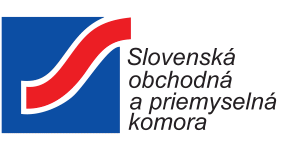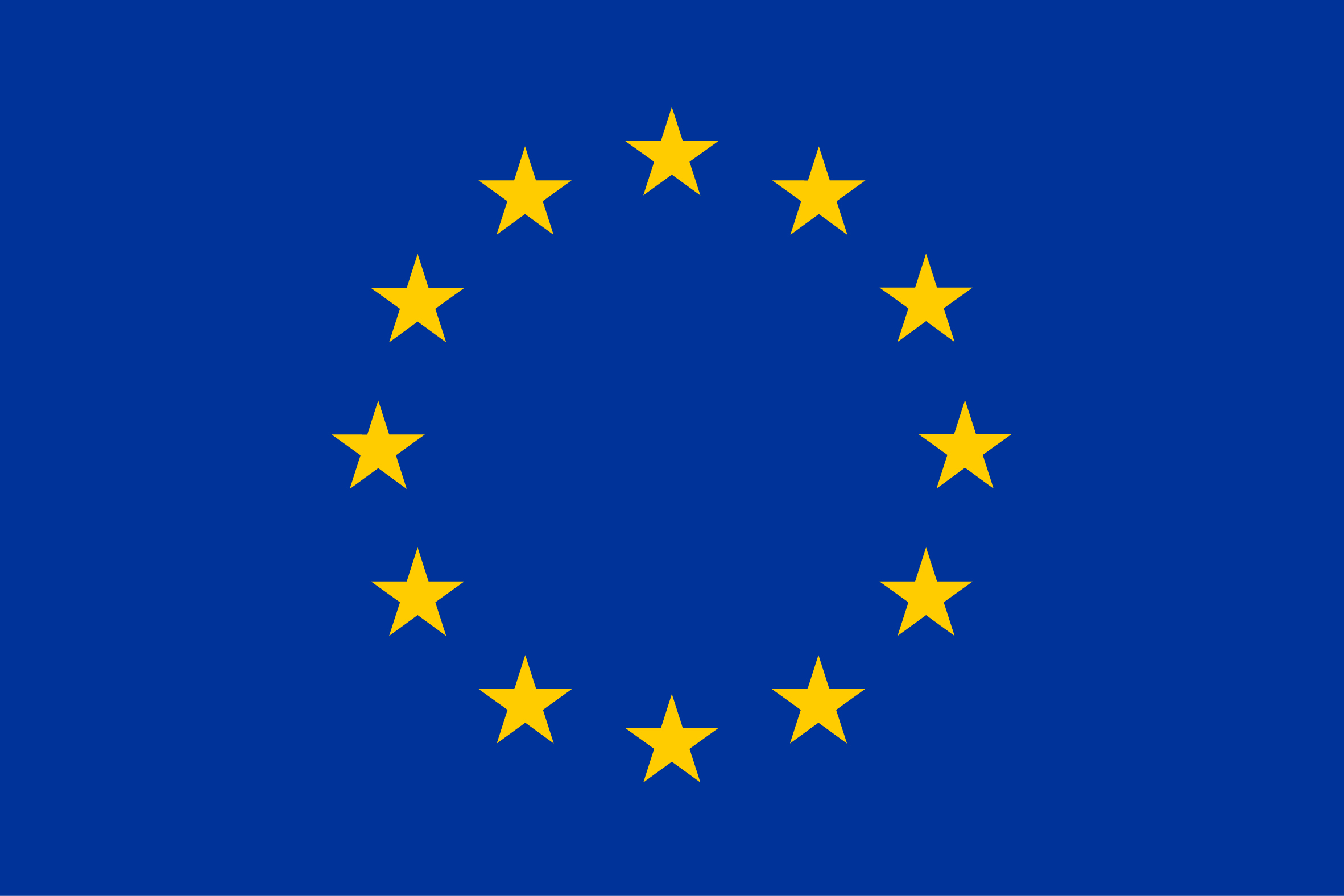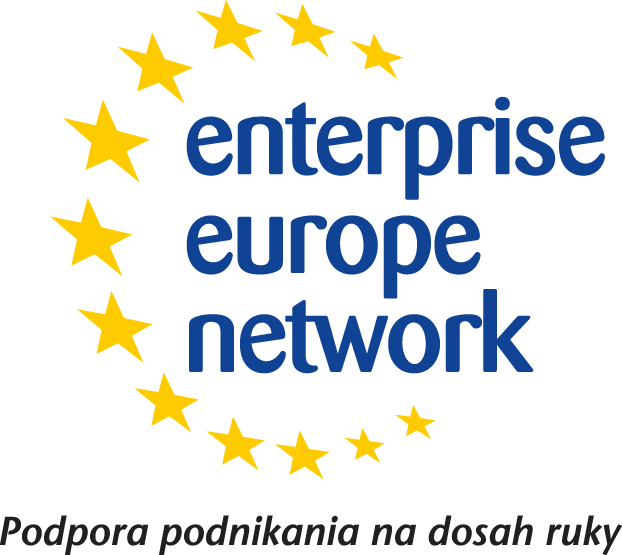Summary:
A German research institute is developing active optical methods for contact-free (standoff) detection technologies for localisation and classification of hazardous materials and is preparing for the technology transfer to transportable, mobile or hand-held operations. Fields of application are civil security, agriculture, and health protection. The institute is interested in research and technological cooperation as well as in license agreements with industrial or academic partners.
Description:
A German R&D institute that has vast experience in laser systems applied in aerospace security and defence researches, develops and evaluates active optical standoff detection technologies for chemical, biological, and explosive (CBE) hazards. Key technologies are light scattering, induced fluorescence, short-pulse Raman-spectroscopy, and IR (infrared) vibrational spectroscopy. The systems can be tailored to diverse areas of application.
Hazardous materials represent a threat to the environment and to individuals, including first responders, security forces, end-users, and operators. Time-consuming and often dangerous sampling of the substances is required for a full evaluation of the nature and extent of the threat.
The enhanced active optical technologies developed by the institute allow for in-process control real-time substance classification. Technologies can be easily adapted to changing requirements (e.g. different types of substances) and are now being transferred to transportable, mobile or hand-held applications. Optical detection is standoff: no contact is required with chemical or biological agents. Extended detection ranges beyond 1 m have already been demonstrated for security applications.
The standoff technology is primarily dedicated but not limited to the protection of first responders, airports, train stations, and critical infrastructures. Further applications are in the growing field of food security and smart agriculture as well as in the field of health protection.
Possible partners for research agreements (in the frame of EU-funded projects, e.g. under Horizon Europe) or bilateral projects are institutes or companies (SME and large companies) working in the fields of civil security, hazard detection, advanced integration, coupling and adjustment units, autonomous operations, ground-based or air-based vehicles, process control and monitoring as well as emergency services and health protection. Joint projects can address combined detection technologies as well as system developments tailored to specific applications or to the needs of end users. The technologies developed by the institute have partly been verified out of the lab or take part in ongoing test campaigns. Technical cooperation with research institutions and SME is most wanted for system integration of the technology to a considerable TRL (technology readiness level). Further cooperation with industrial partners shall aim at the transfer of the institute’s technology to the market e.g. under a licence agreement.
Type (e.g. company, R&D institution…), field of industry and Role of Partner Sought:
- Type of partner sought: SME, industry, research organisation, associations, agencies, end user
- Specific area of activity of the partner:
manufacturer, system integrator, engineering, researcher, task forces, security services
- Tasks to be performed by the partner sought: depending on the special project / commission
Tasks are the advancement and the customization of the optical detection technologies for the specific fields of applications and the respective operating conditions. Partners shall be consortium partners, consortium leaders, end-users, and associates in research projects (EU, national) for civil security, smart farming, or health protection as well as partners in bilateral projects or externally funded projects on the detection of CBE hazards.
Stage of Development:
Available for demonstration
IPR Status:
Patent(s) applied for but not yet granted,Patents granted
Comments Regarding IPR Status:
The institute already has several national and international patents granted and also has applied for further patents (national, European, international).
External code:
TODE20210308001








